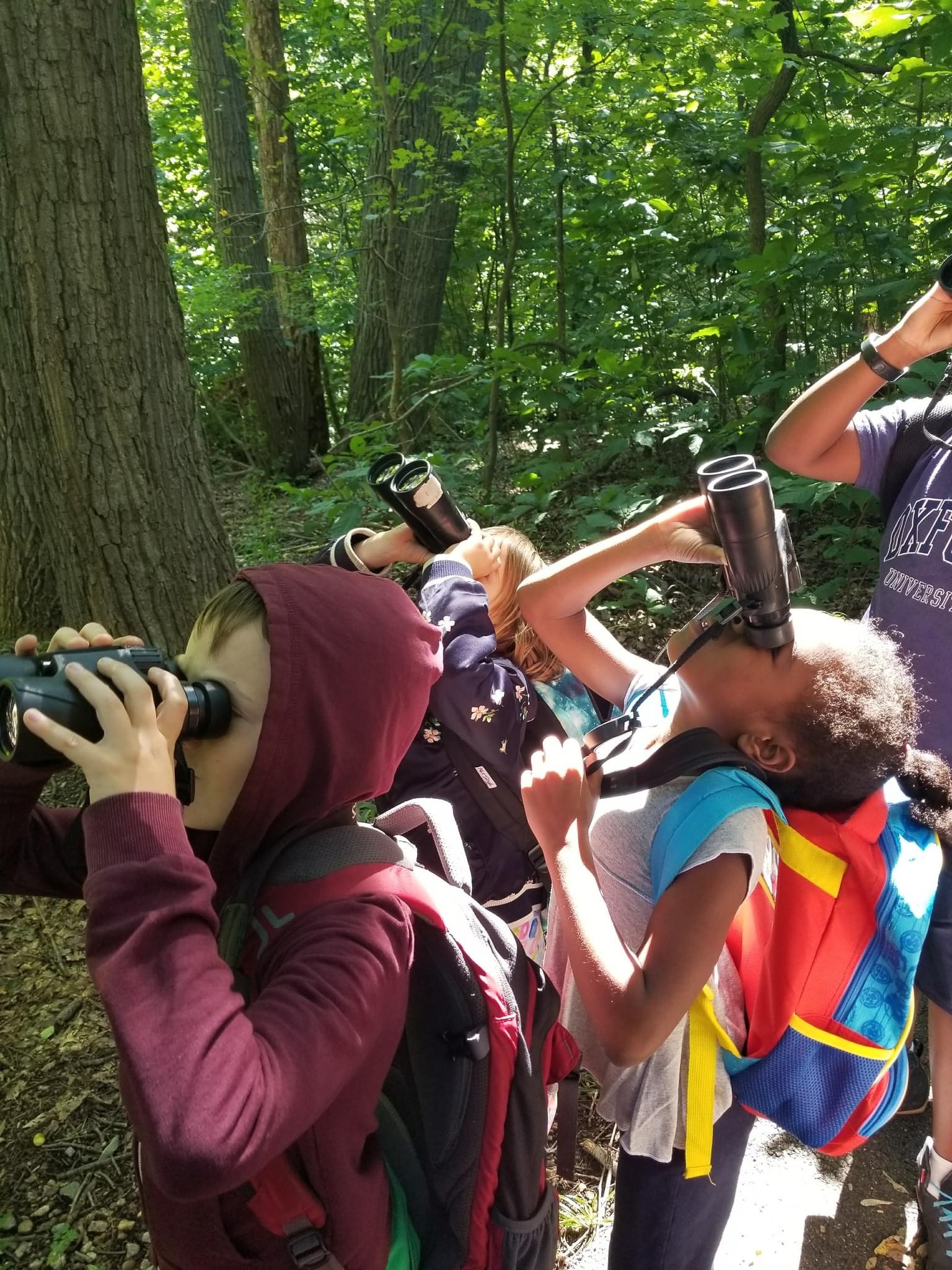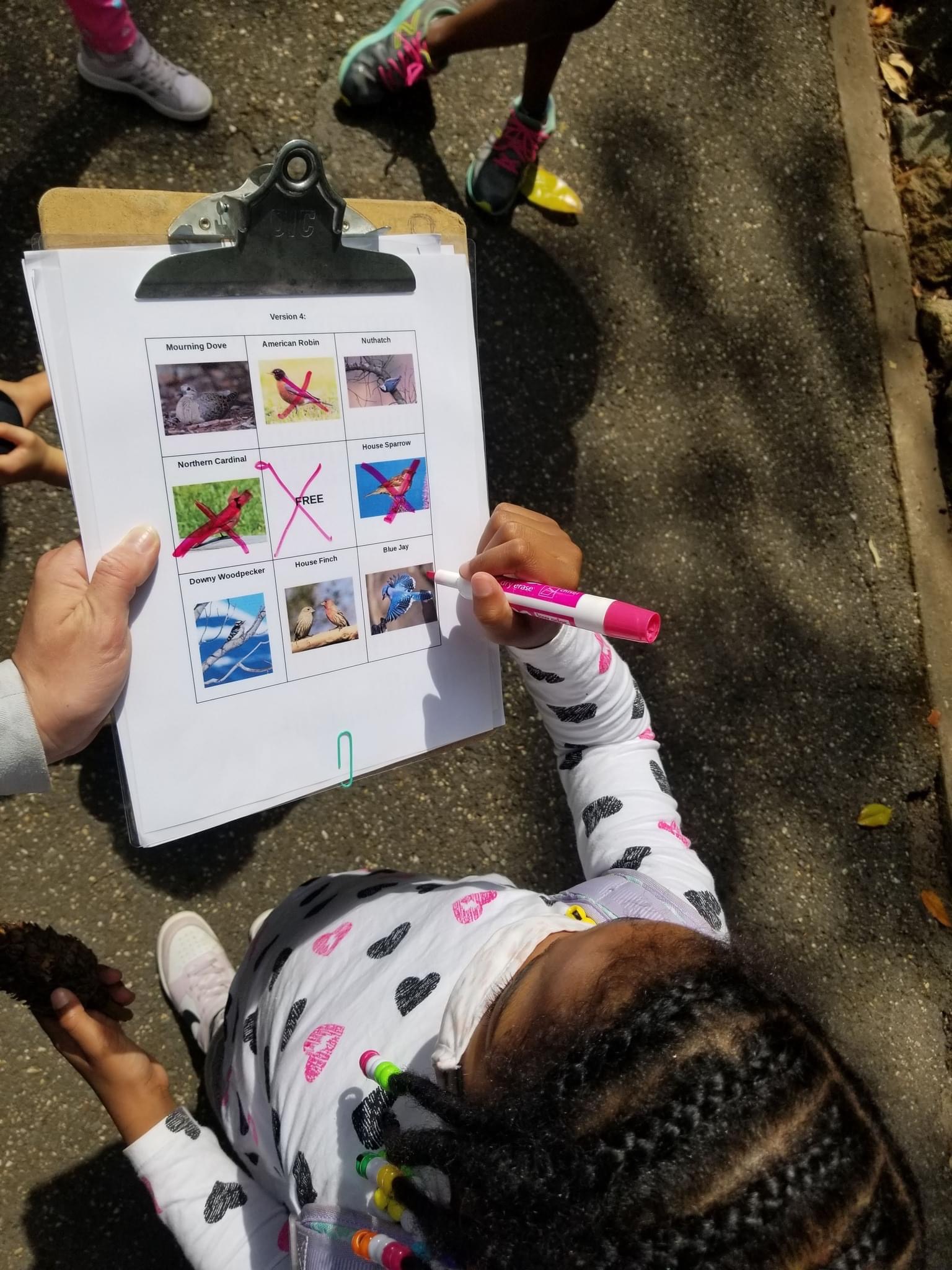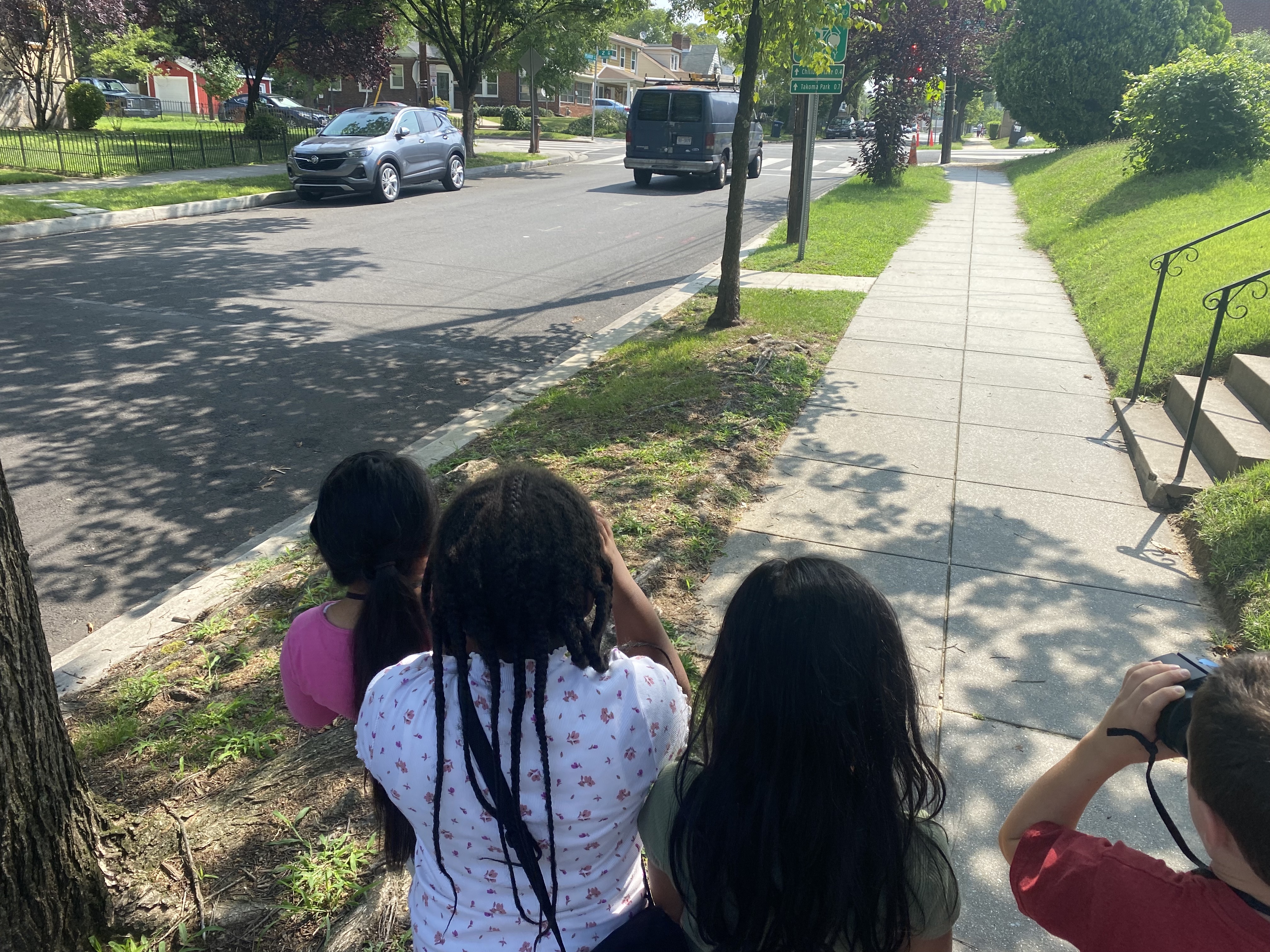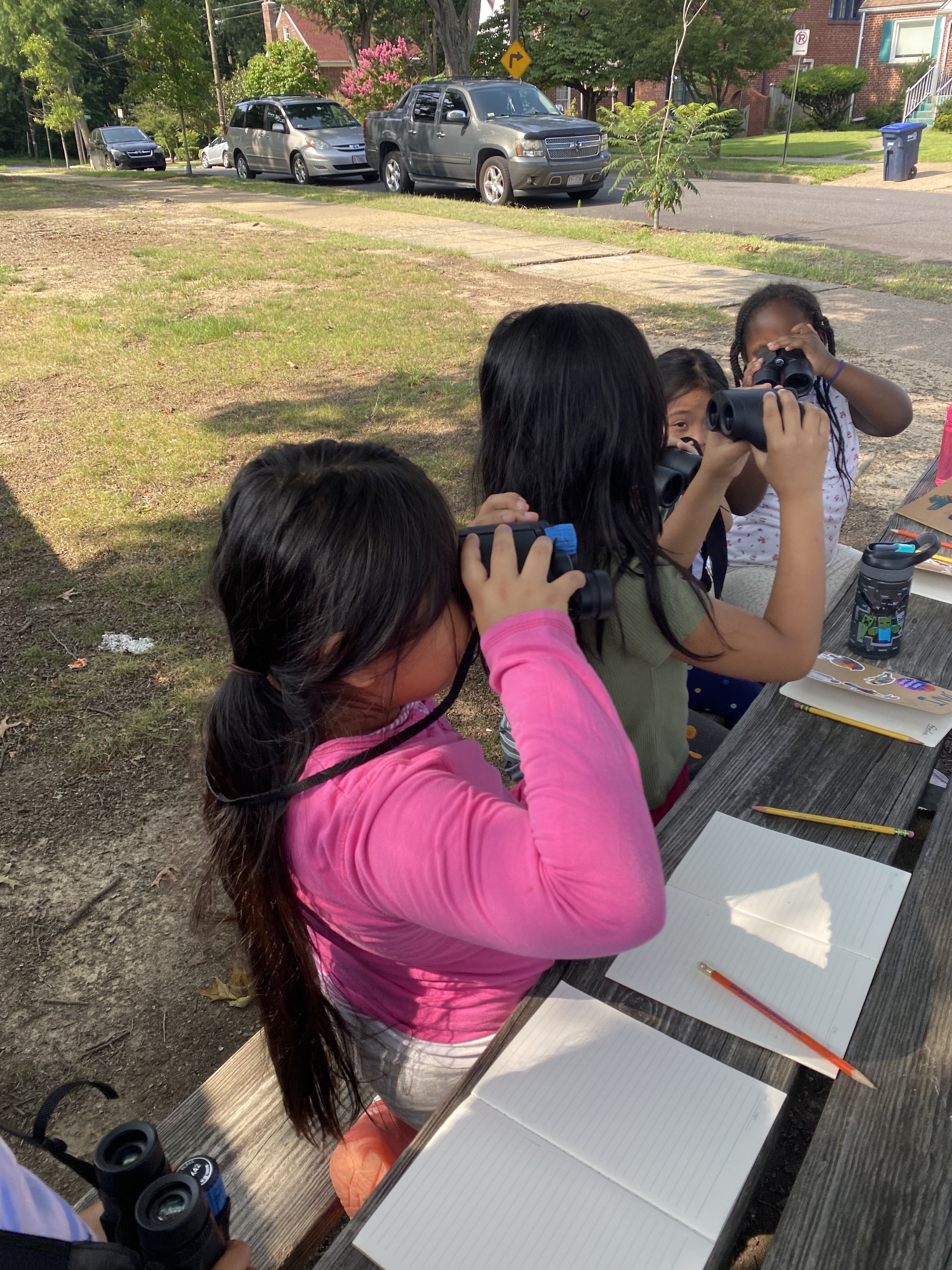Blog
- 2024
- July
- June
- May
- April
- March
- February
- January
- 2023
- December
- November
- October
- August
- July
- June
- May
- April
- March
- February
- January
- 2022
- December
- November
- October
- September
- August
- July
- June
- May
- April
- March
- February
- January
- 2021
- December
- November
- October
- September
- August
- July
- June
- May
- April
- March
- February
- January
- 2020
- December
- November
- October
- September
- August
- June
- April
- March
- February
- January
- 2019
- December
- November
- October
- September
- August
- April
- March
- January
- 2018
- September
- August
- July
- May
- March
- February
- January
- 2017
- December
- November
- September
- August
- July
- June
- May
- April
- March
- February
- January
- 2016
- December
- November
- October
- March
- February
- January
- A Most Beautiful Thing (1)
- A Most Beautiful Thing Inclusion Fund (1)
- ABC Park (2)
- access to greenspace (1)
- access to nature (2)
- access to outdoors (1)
- accessibility (1)
- active kids (1)
- adolescence (1)
- adolescent recreation (1)
- adolescent wellbeing (1)
- afterschool programming (1)
- agents of change (1)
- agricultural education (1)
- agricultural literacy (3)
- agritourism (1)
- Air Alliance Houston (1)
- alabama (1)
- albuquerque (1)
- Alex Bailey (1)
- american hiking society (1)
- antarctic tourism (1)
- antiracism in the outdoors (1)
- arizona (1)
- Arshay Cooper (2)
- arts education (2)
- Asheville (1)
- athletic surfaces (1)
- Atlanta (1)
- Atlanta Track Club (1)
- Atlanta Youth Rugby (1)
- Atlanta Youth Tennis (1)
- audubon texas (2)
- ayana elizabeth johnson (1)
- backyard basecamp (1)
- Bakeyah Nelson (1)
- baltimore woods nature center (1)
- barriers to recreation (1)
- basketball (1)
- Bearings Bike Shop (1)
- benefits of recreation (1)
- beyond the ball (1)
- Beyond the Game (1)
- big brothers big sisters (1)
- biological anthropologist (1)
- bipoc youth (2)
- bipoc youth programming (1)
- bird identification (1)
- birds in my neighborhood (1)
- black kid adventures (1)
- Black outdoor recreation (1)
- black outside (1)
- Black Outside (1)
- Bloom Project (1)
- Blue Sky Funders Forum (1)
- boatbuilding (2)
- Bob Crawford (1)
- boys & girls clubs (1)
- Boys & Girls Clubs of Puerto Rico (1)
- bronx river (1)
- brothers on the rise (1)
- brower youth award (1)
- brown girls climb (1)
- brushwood center at ryerson woods (1)
- buffalo harvest (1)
- Caitlin Reilly (1)
- california (1)
- california schoolyard forest system (1)
- camp counselors (1)
- camp fire (1)
- camper education (1)
- Camping & Education Foundation (1)
- Camping to Connect (1)
- canoe camping (1)
- canopy coverage (1)
- capacity building (1)
- carbon sink (1)
- casel social emotional learning standards (1)
- catamount institute (1)
- center for native american youth (1)
- CETA Foundation (1)
- challenge (2)
- challenge course (1)
- Charles E. Hartsoe Fellow (1)
- Charles Roundtree Bloom Project (1)
- chicago (1)
- Chicago CRED (1)
- Children & Nature Network (3)
- children & nature network (3)
- children and nature network (1)
- children's forest of central oregon (1)
- children's screen time action network (1)
- chill foundation (1)
- cincinnati (1)
- citizen science (2)
- City Kids Wilderness Project (1)
- civic engagement (1)
- CJ Goulding (1)
- climate action (5)
- climate anxiety (1)
- Climate Change (1)
- climate change (14)
- climate impacts (1)
- climate joy (1)
- climate justice (1)
- climate mental health network (1)
- climate movement (1)
- coach training (2)
- cold weather fun (1)
- collaboration (1)
- collective action (1)
- collective resistance (1)
- College of Natural Resources (1)
- communal learning (1)
- communication (1)
- communities of care (1)
- community building (1)
- community connection (1)
- community engagement (4)
- community learning (1)
- community level environmental literacy (1)
- community mentorship (1)
- community nature connection (2)
- community organization (2)
- community organizations (1)
- community programming (1)
- community violence (1)
- community water safety (1)
- competitive jump rope (1)
- connecticut institute for communities (1)
- connection to nature (8)
- connection to place (1)
- conservation behavior (1)
- cooking with kids (1)
- cool learning experience (1)
- cornell lab of ornithology (1)
- coronavirus (4)
- courage ranch (1)
- CourtBuilders (1)
- COVID safety (1)
- COVID-19 (6)
- covid-19 (1)
- Cranbrook (1)
- Crawford Prize (7)
- crawford prize (1)
- crew (1)
- cultivating community (1)
- cultural connection (1)
- cultureseed (1)
- Darryl Taylor (2)
- Davidson College (1)
- Day of Sport (1)
- debt-ceiling crisis (1)
- decolonization (1)
- deficit thinking (1)
- deforestation (1)
- DEI outdoors (1)
- Department of Parks, Recreation and Tourism Management (1)
- Department of Parks, Recreation, and Tourism Management (1)
- Derwin Hannah (2)
- Detroit (1)
- detroit horse power (1)
- digital tools (1)
- diné we can (1)
- disabled hikers (1)
- displacement (1)
- diversity education (1)
- diversity equity and inclusion (5)
- diversity in nature (2)
- diversity in the outdoors (1)
- diversity outdoors (1)
- dr. teresa horton (1)
- drowning (1)
- eagle eye institute (1)
- early adulthood (1)
- earth day (1)
- earth day with kids (1)
- east st louis (2)
- eastern sierra conservation corps (1)
- eco-anxiety (2)
- Eco-Health (1)
- ecoanxiety (2)
- eden place nature center (1)
- elevate youth (1)
- Elliott Donnelley Youth Center (1)
- Elsie McCabe Thompson (1)
- Emerson Collective (1)
- empathy (2)
- English Avenue (1)
- EnviroAtlas (1)
- environment (1)
- environmental action (2)
- Environmental Activism (1)
- environmental activism (1)
- environmental change (1)
- environmental crisis (1)
- environmental degradation (1)
- environmental education (7)
- environmental funding (1)
- environmental future (2)
- environmental hope (2)
- environmental justice (2)
- environmental leaders (1)
- environmental leadership (1)
- environmental learning for kids (1)
- environmental literacy (2)
- environmental movement (3)
- environmental science for kids (1)
- environmental sustainability (1)
- environmentalism for kids (1)
- EPA (1)
- equine-assisted therapy (1)
- equine-based programming (1)
- equitable access (1)
- equitable learning (1)
- equity (4)
- equity in the outdoors (2)
- evaluation (1)
- evaluation methods (1)
- evaluation starter kit (1)
- evaluation support (1)
- evaluation with youth (1)
- every kid outdoors (1)
- evolutionary and ecological approaches to health and development program (1)
- experiential education (2)
- experiential learning (2)
- exploratory learning (1)
- exploratory STEM (1)
- explore austin (1)
- explore fund (1)
- extreme heat (2)
- families outside (1)
- family camping (1)
- family fun (1)
- family holidays (1)
- family recreation (1)
- family relationships (1)
- Family Time (1)
- family-based programming (1)
- farmers markets (1)
- female athlete (1)
- Fernando Lloveras (1)
- Finding Nature (1)
- flint river watershed coalition (1)
- food literacy (1)
- food systems (2)
- forest bathing (1)
- forest therapy (1)
- funding (1)
- funding opportunity (1)
- Gang Rescue and Refinement Passages (1)
- gardening (1)
- Gary Hall (1)
- gear libraries (1)
- gender exploration (1)
- gender inclusivity (1)
- Georgia FIRST Robotics (1)
- get into nature (4)
- get outside (1)
- girl scouts (1)
- girls in STEM (1)
- girls on the run (1)
- girls outdoors (1)
- girlventures (2)
- global forest watch (1)
- gloria barron prize for young heroes (1)
- grant opportunity (1)
- grantee cohort (1)
- grantee cohorts (2)
- Grantee Highlight (1)
- grantee resources (1)
- grantee spotlight (1)
- grantmaking (2)
- grants (2)
- greater newark conservancy (2)
- green camps (1)
- green design (1)
- green infrastructure (1)
- green schoolyard movement (1)
- green schoolyards (1)
- green schoolyards america (1)
- greening youth foundation (1)
- greenspace (7)
- greenspace access (5)
- group cohesion (1)
- group experiences (1)
- gtg outdoors (1)
- gulf gathering for climate justice and joy (1)
- hands and hearts for horses (2)
- hands on activities (1)
- Hartsoe Fellow (1)
- healing through nature (2)
- health (1)
- health and wellbeing (1)
- health benefits of nature (1)
- healthy competition (1)
- healthy eating (1)
- healthy families (1)
- healthy kids (2)
- healthy living (1)
- healthy relationships (1)
- heat mitigation (2)
- heat safety (1)
- heatwavces (1)
- heptathalon (1)
- heritage trails partnership of the Mississippi gulf coast (1)
- higher education (1)
- hip hop for change (1)
- hiring (1)
- holistic support (2)
- Horizons-Upward Bound (1)
- horseback riding (1)
- how to save a planet (1)
- Howard University (1)
- identity exploration (1)
- illinois (1)
- IMC Charities (1)
- impact grants (2)
- inclusion (1)
- inclusion outdoors (1)
- inclusive camps (1)
- inclusive practices (1)
- inclusivity in recreation (1)
- inclusivity outdoors (4)
- incubator program (1)
- indigenous communities (1)
- Indigenous Leaders (1)
- indigenous leaders (1)
- indigenous youth programming (1)
- intergenerational connections (1)
- IPCC report (1)
- jackie joyner-kersee (2)
- Jackie Joyner-Kersee (1)
- jackie joyner-kersee foundation (1)
- John McCarter (1)
- Jose Gonzalez (2)
- josé gonzález (3)
- jose gonzalez (1)
- jubilee consortium (1)
- jubilee jump (1)
- Julia Lankford (1)
- justice outside (2)
- k-12 education (1)
- Karen Stewart-Ramos (1)
- keep kids safe (1)
- Khary Lazarre-White (1)
- khmer community of seattle king county (2)
- khmer cultural practices (1)
- kids health (1)
- kids in nature (5)
- kids in summer (1)
- kids outdoors (1)
- Kids Outside (1)
- kids outside (17)
- Kim Moore Bailey (1)
- Ki’Amber Thompson (1)
- land grant mission (1)
- laru beya collective (2)
- Last Child in the Woods (1)
- Latino Outdoors (1)
- latino outdoors (2)
- latinos progresando (1)
- Laureus (2)
- Laureus Sport for Good Foundation (1)
- Lawrence Hall of Science (1)
- LBC Action (1)
- leadership at camp (1)
- leadership development (2)
- Lee Storey (1)
- LGBTQ+ community (1)
- LGBTQ+ outdoor summit (1)
- lgbtq+ spaces (1)
- LGBTQ+ youth (3)
- lgbtq+ youth (2)
- life skills (1)
- Lila Leff (3)
- lincoln senior high school (1)
- local food (1)
- local greenspace (1)
- local trails (1)
- loop nola (1)
- los angeles (1)
- Mandela (1)
- Manny Almonte (1)
- marine debris (1)
- marine science (1)
- Martin LeBlanc (1)
- Mastermind Connect (1)
- measuring success (1)
- mental health (4)
- mental health awareness month (1)
- mental health care (1)
- mental health crisis (1)
- mental health resources (1)
- mental health support (1)
- mentorship (1)
- Mercedes Benz (1)
- million coaches challenge (1)
- monarch butterfly (1)
- Montreat College (1)
- mountain dreamers (1)
- mountain sports (1)
- move mountains (1)
- movement education outdoors (1)
- Muddy Sneakers (1)
- music in schools (1)
- music teachers (1)
- Myron Floyd (2)
- myron floyd (1)
- Nadja West (3)
- national audubon society (1)
- National Recreation and Park Association (1)
- National Recreation and Park Association Forecasts (1)
- National Recreation Foundation (12)
- national recreation foundation (3)
- national trails day (1)
- national water safety action plan (1)
- national water safety month (1)
- Native American Heritage Month (1)
- native like water (1)
- nature (5)
- Nature Books (1)
- nature culture and human health network (1)
- nature deficit disorder (1)
- nature deprivation (1)
- nature education (1)
- nature exploration (1)
- nature observation (3)
- nature photography (1)
- nature play (1)
- nature writing (1)
- Nature, Culture and Human Health Network (1)
- NC State University (1)
- nc state university (1)
- nearby nature (2)
- neurodivergent youth (1)
- new birders (1)
- new england association of schools and colleges (1)
- new england science and sailing foundation (1)
- new mexico (1)
- new york city (1)
- newcomer youth (1)
- next generation science standards (1)
- Nike (1)
- non-profit organizations (1)
- North Carolina (1)
- North Carolina State University (3)
- north carolina state university (3)
- Northwestern University (1)
- northwestern university (1)
- NRF (4)
- nrf advisory council (1)
- nrf grantees (1)
- nrf trustee (1)
- NRPA (2)
- nuestra tierra conservation project (1)
- openlands (1)
- operations associate (1)
- oregon state university extension (1)
- organizational support (1)
- Our Wild Calling (1)
- out there adventures (1)
- outdoor access (1)
- Outdoor Access (1)
- outdoor activity (1)
- outdoor adventure (2)
- outdoor alliance for kids (1)
- outdoor careers (1)
- outdoor community (1)
- outdoor education (8)
- outdoor equity (3)
- outdoor grants (6)
- outdoor inclusion coalition (1)
- outdoor industry (2)
- outdoor leadership (1)
- outdoor learning (6)
- outdoor outreach (1)
- outdoor play (3)
- outdoor recreation (25)
- outdoor recreation grants (2)
- outdoor research (1)
- outdoor science education (1)
- outdoorist oath (1)
- outdoors (2)
- outdoors empowered network (3)
- Outdoors for All (1)
- outside with kids (1)
- outward bound adventures (1)
- overnight camps (1)
- Pace Center for Girls (1)
- pandemic (4)
- pandemic kids (1)
- pandemic mental health (1)
- pandemic wellbeing (1)
- pandemic with kids (1)
- Para La Naturaleza (1)
- para la naturaleza (1)
- paradox climbing (1)
- park access (1)
- park activities (1)
- parks in focus (1)
- participant evaluation (1)
- participatory evaluation (1)
- PATH (1)
- pattie gonia (1)
- Peter Westbrook (1)
- philanthropic sector (1)
- philanthropy (6)
- physical activity (5)
- physical health (1)
- pine ridge tree planting (1)
- place attachment (1)
- place-based learning (1)
- plant identification (1)
- player development (2)
- pollinators (1)
- positive coaching alliance (2)
- positive youth development (10)
- Power Game+ (1)
- power of the outdoors (1)
- president's environmental youth award (1)
- pride month (2)
- pride outside (2)
- Pritzker (1)
- program capacity (1)
- program design (1)
- program evaluation (2)
- program goals (1)
- public lands (3)
- public schools (2)
- public space (1)
- puerto rico (1)
- queer mountain quest (1)
- queer nature (1)
- racial equity (2)
- REACH (1)
- Reading with Kids (1)
- recreation (3)
- recreation philanthropy (1)
- recreation research (3)
- recreation safety (1)
- recreational programming (1)
- red cloud renewable (1)
- reforestation (1)
- report (1)
- research bias (1)
- Rethink Outside (1)
- Rethink Outside Fellowship (1)
- Richard Louv (3)
- richard louv (1)
- ríos to rivers (1)
- rippleffect (2)
- risk and resilience (1)
- risk management (2)
- river newe (1)
- rocking the boat (2)
- rosario dawson (1)
- rowing (2)
- Ryan Zwart (1)
- sailing (1)
- San Antonio (1)
- Sarah Milligan-Toffler (2)
- saved by nature (1)
- school budget cuts (1)
- school partnerships (1)
- science learning (1)
- science literacy (1)
- scientific observation (1)
- scientific research (1)
- scistarter (1)
- screen time (2)
- seasonal eating (1)
- self awareness (1)
- self confidence (1)
- self-care (1)
- sense of place (1)
- service opportunities (1)
- shade access (1)
- shannon danks (1)
- SheJumps (1)
- shelter-in-place (1)
- shinrin-yoku (1)
- shred foundation (1)
- sicangu co (1)
- sicangu health initiative (1)
- sicangu lakota nation (1)
- Siebert Williams Shank (1)
- sierra club (1)
- skin protection (1)
- SNAP (1)
- Soccer in the Streets (1)
- social change (1)
- social emotional learning (7)
- social good (1)
- social-emotional learning (1)
- Sophie Twichell (5)
- sos outreach (1)
- soul trak (1)
- Soul Trak Outdoors (2)
- Special Grants (2)
- Spike Lobdell (1)
- sport based youth development (1)
- Sport Court (1)
- Sport for Good (1)
- staff training (1)
- STEM gender gap (1)
- STEM learning (1)
- story riders (1)
- stress (1)
- summer camp (4)
- summer camps (1)
- summer fun (1)
- summer jobs (1)
- summer produce (1)
- summer recreation (2)
- summer with kids (2)
- summertime (1)
- sun safety (1)
- sunscreen (1)
- Susan Teegen (1)
- sustainability (1)
- sustainability activities (1)
- swim education (1)
- swim lessons (1)
- swim safety (1)
- swimming (2)
- talking to kids (1)
- tankproof (1)
- Teach-A-Child to Fish (1)
- teacher collaboration (1)
- teacher support (1)
- teachers (1)
- technology (1)
- teresa baker (1)
- Teresa H Horton (1)
- thanksgiving (1)
- the north face (1)
- the trauma foundation (1)
- the trevor project (1)
- therapy for kids (1)
- Tim Richardson (2)
- time in nature (10)
- time outside (7)
- tom's of maine (5)
- Tom's of Maine (1)
- tom's of maine incubator (1)
- toms of maine (4)
- Tony Mobley (1)
- track and field (1)
- trail building (1)
- trans and non-binary youth (1)
- trauma epidemic (1)
- trauma recovery (1)
- trauma-informed practices (2)
- tree canopy coverage (1)
- tree cover (1)
- tree cover loss (1)
- tree planting (2)
- tree street youth (1)
- trekkers (2)
- trends in philanthropy (1)
- Trust for public lands (1)
- trust-based philanthropy (1)
- trustee (1)
- Trustee Grants (2)
- TSL Law Group (1)
- Tyrhee Moore (3)
- tyrhee moore (1)
- ucla (1)
- udall foundation (1)
- Umoja (1)
- Umoja Student Development Corporation (1)
- unrestricted funding (1)
- urban adventure squad (4)
- urban nature (1)
- urban wilderness program (1)
- us fish and wildlife service (1)
- usa swimming (1)
- usa swimming learn to swim grants (1)
- venture out project (1)
- Vine City (1)
- Virtual Training Camp (1)
- washington dc (2)
- Washington Park (1)
- water competency (1)
- water recreation (1)
- water safety (2)
- watersmith guild (1)
- well-being practices (1)
- wellfit girls (1)
- western national parks association (1)
- Westside (1)
- wild diversity (2)
- wild earth wilderness school (1)
- wilderness inquiry (1)
- wildseed gear library (1)
- winning in life (2)
- winter outdoor activities (1)
- Winter Reading (1)
- women's sports (1)
- Wood Hood (1)
- working bikes (1)
- working with kids (1)
- wyn wiley (1)
- yes nature to neighborhoods (1)
- Young Masterminds Initiative (1)
- young men of color (1)
- young people outdoors (1)
- youth (2)
- youth action (2)
- youth activism (2)
- youth activists (1)
- youth advocacy (1)
- youth athletes (1)
- youth awards (1)
- youth birders (1)
- youth climate action (3)
- youth climate activism (1)
- youth climate movement (1)
- youth coaches (2)
- youth coaching (1)
- youth development (17)
- youth engagement (1)
- youth enrichment services (1)
- youth environmental action (1)
- youth environmental leaders (1)
- youth environmental movement (1)
- youth in crisis (1)
- youth in nature (1)
- youth leadership (1)
- youth mental health (10)
- youth mentors (1)
- youth of color (3)
- youth opportunities unlimited (1)
- youth organizations (1)
- youth outdoor programs (1)
- youth outdoor recreation (2)
- youth outdoors (2)
- Youth Outside (1)
- youth outside (2)
- youth programming (5)
- youth programs (3)
- youth reading (1)
- youth recreation (27)
- youth resilience (2)
- youth seen (1)
- youth sports (8)
- youth swimming (1)
- youth trauma (1)
- youth voices (1)
- youth well-being (2)
- youth wellness (3)
- youth with disabilities (1)
- youth writing (1)
- zuni pueblo (1)
- zuni youth enrichment project (1)
Birdwatching with Kids

Birdwatching has a long history as a hobby, but it has grown exponentially in recent years. In 2021, the U.S. Fish and Wildlife Service estimated that there are approximately 45 million birdwatchers in the United States. The number of birdwatchers expanded especially rapidly during COVID-19 lockdowns, when it offered many people a new way to spend time outside away from crowds. This is great news for new birdwatchers, who are spending more time outside engaging with nature, and it’s also a positive development for conservation efforts. More birdwatching means more people invested in the wellbeing of birds and the ecosystems they inhabit, as well as more money towards conservation through entrance fees to wildlife refuges and donations to organizations like the National Audubon Society. This is especially important as birds struggle to survive amid climate change and habitat loss. Recent studies show that North America has lost around 3 billion birds in the past 50 years, which is more than a quarter of the continent’s total bird population.

Despite the rise in popularity of birdwatching, the stereotype of a birdwatcher remains an older adult with access to money and time to travel and hone their skills. The reality, however, is that birdwatching is a great hobby for anyone, no matter their age or level of privilege. Learning about birds and spending time outside observing them can be incredibly rewarding whether you travel to new places or are working to become more familiar with the species in your local park. One great opportunity to bring more folks into the birding community is to teach young people the basics of birdwatching.

While birdwatching might be new to many kids, they can start off by simply looking for signs of birds like nests or poop or they can pick a spot to sit still and listen for birds. As kids get more familiar with birdwatching, they can learn about using binoculars or set goals to identify multiple types of birds during an excursion. Kids can get started by watching for birds right in their neighborhood. Birds are everywhere - on city streets, in pocket parks, along power line cuts, in backyards, in farm fields, and on windowsills. Two especially good places to look for birds are near water and around “edges,” or areas where one type of habitat changes into another.

Getting kids excited about birdwatching might help foster a new generation that is conservation-minded, but birdwatching is also good for kids’ mental health and development right now. Birdwatching is associated with a range of health benefits. Regularly spending time outside can reduce stress and anxiety, and birdwatching helps to promote skills around listening, patience, and observation. Asking kids to describe the colors, shapes, sounds, and patterns of the birds they observe can build new vocabulary, increase their confidence in expressing themselves, and encourage attention to details. Birdwatching also lends itself to all kinds of artistic activities like drawing field sketches or practicing bird songs.

A helpful resource for any adult hoping to watch birds with young people is the Cornell Lab of Ornithology. It’s an organization that conducts top tier research and is dedicated to promoting the understanding and protection of birds. It has comprehensive guides to bird watching apps like Merlin (which can identify birds by sound) and eBird, bird-based lesson plans sorted by grade level, and family-focused activities that kids can do whether they’re cooped up inside on a rainy day or outside exploring nature. There are so many ways to get the kids you care for excited about their local birds - just remember to start simple and focus on making it fun.

NRF supports several organizations that are working to create a new generation of birdwatchers. One such grantee is Openlands and its Birds in My Neighborhood program, which helps students see nature in their community by observing birds. Another is Urban Adventure Squad, a DC-based outdoor learning organization that considers birdwatching to be “an essential urban skill.” Birdwatching is part of Urban Adventure Squad’s year-round outdoor learning programs and in May staff even hosted a community birdwatching event called We Fly Together at the National Arboretum. Urban Adventure Squad is helping DC youth get connected with the nature in their neighborhoods and bringing new faces into birdwatching. NRF is honored to support the work of organizations connecting kids to the outdoors and teaching them about their local wildlife.
